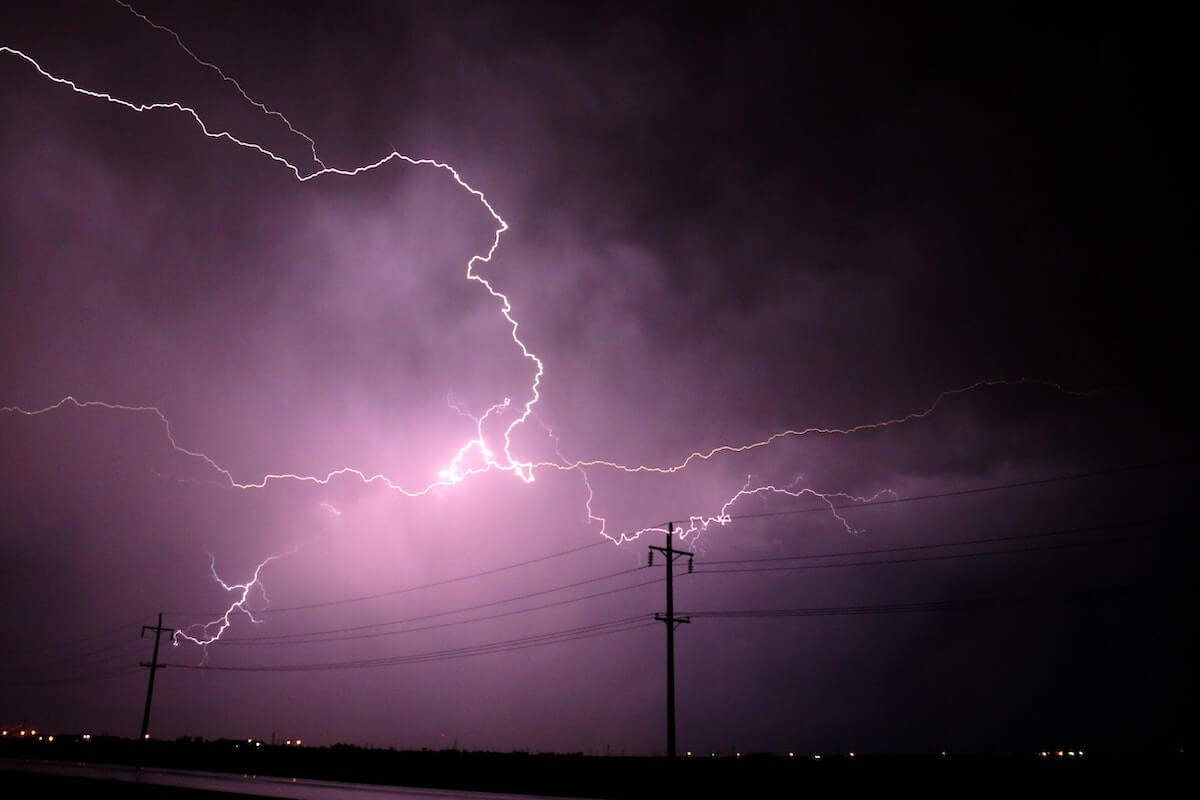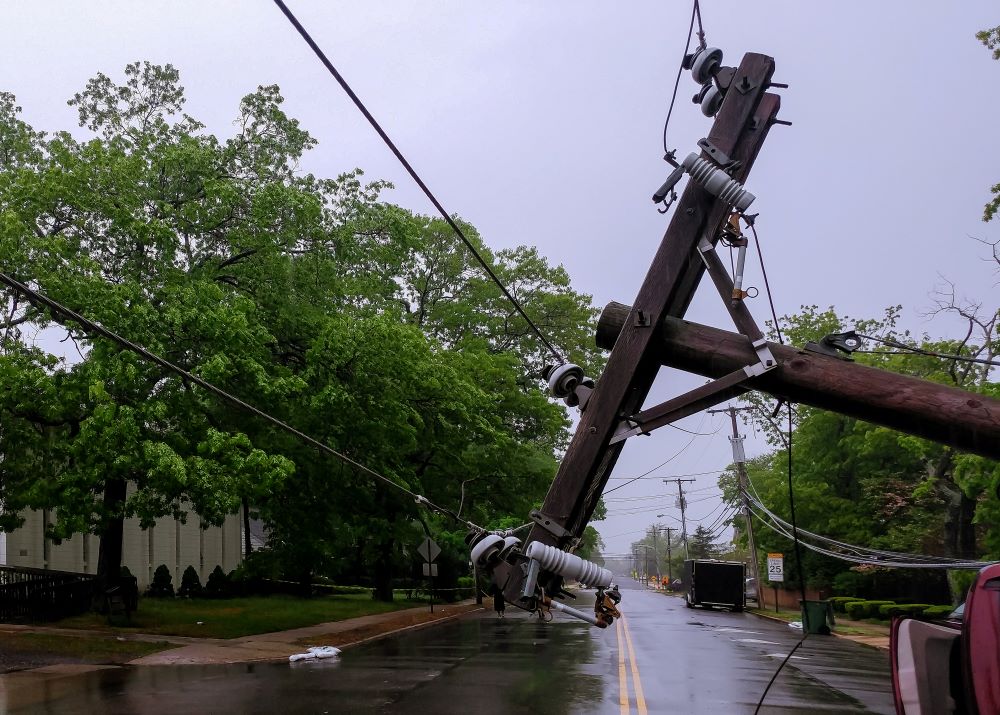
[cs_content][cs_element_section _id=”1″ ][cs_element_row _id=”2″ ][cs_element_column _id=”3″ ][cs_text class=”body_text”]
Weathering Storms with Weather Insurance
It is in the news every day. Unseasonable or adverse weather interrupts a business. It’s too hot in June for a marathon. Rain threatens to cancel an outdoor concert. Snow piles up and the cost of removal is excessive. The consequences for these types of weather events can mean a financial downturn or in the worst cases, fiscal calamity. Bad weather most commonly means an increased operational expense or lost revenue. Yet, few operating in business are aware that weather insurance exists and is a mitigative tool that can lessen the damaging financial effects weather has on business. In fact, 70% of businesses worldwide are affected by weather—still, many businesses continue to operate as though the weather is an unconquerable competitor. There are ways to financially combat weather’s effect.
What are Your Weather Risks?
Weather becomes a financial risk to your business when it adversely affects your bottom line. In defining weather risk, it is common to think of events that are catastrophic in nature, e.g., hurricanes, tornadoes. However, common and recurring types of weather—rain, snow, heat, or excessive cold can also be weather risks.
Insurance Can Benefit Your Business
A short rainstorm, extended days of extreme temperatures, or an abnormal snow season can all result in reduced revenue, increased costs, or other disruptions to business. By utilizing a customized weather insurance policy, a business can take a proactive approach to weather risk management.
Rain
Outdoor event planners are keenly aware of how rain can decrease revenue. Rain in the morning can detour the early birds, in turn, a storm during the headliner’s act stops a song mid-lyric and crowds demand their money back. In each scenario, rain means financial loss. Weather insurance specifically written as rain insurance can become a revenue stabilizer when the rain does fall. Policies can be written for hourly or daily events and beyond. Rain amounts determine if a policy is triggered and data is collected from the National Weather Service or an approved third-party. Claim payments are typically received within two weeks.
Temperature
Temperature extremes are uncomfortable. If these extremes extend for too long, your customers may decide to stay home. Those sales don’t typically come back to you when the weather gets better. In some cases, weather insurance can work as a stopgap to falling sales due to weather extremes. You’re a restaurant and frigid temps keep your customers at bay—a policy is available for that risk. Heat is dangerous for racers. A marathon can’t and shouldn’t go on when temperatures are dangerously high. Policies are available for that risk too.
Snow
Commercial property management groups can be adversely affected by abnormal snow amounts. Excessive snow results in heavy plowing of parking lots and the clearing of sidewalks which is increased costs. Snow removal generally is a part of a landlord agreement to the tenant. Further, it is a preventive measure to avoid injuries and liability suits on a property. Snow maintenance isn’t something that can be ignored. A budget may have been set for snow removal costs, but a few heavy snowstorms can create a budget deficit. Weather insurance works in many ways—one way it works is to help maintain a snow removal budget.
A weather risk management plan can help protect a business from the adverse financial effects of weather. Weather insurance can help a business recover from unexpected expenses or lost revenue associated with adverse weather events. With the fluctuation of daily and seasonal weather, it can be difficult to determine how well a company will survive an adverse weather event—weather insurance is a financially proactive approach to this type of risk.
[/cs_text][cs_element_line _id=”5″ ][cs_text style=”font-size: 12px;”]
1. Parnaudeau, Jean-Louis BertrandMiia. “Severe Weather Threatens Businesses. It’s Time to Measure and Disclose the Risks.” Harvard Business Review, 14 Sept. 2017, hbr.org/2017/09/severe-weather-threatens-businesses-its-time-to-measure-and-disclose-the-risks.
[/cs_text][/cs_element_column][/cs_element_row][/cs_element_section][/cs_content]

